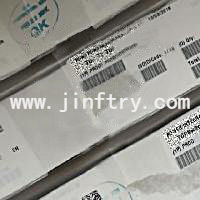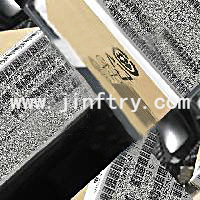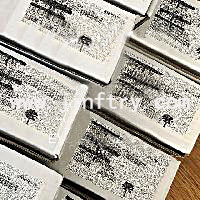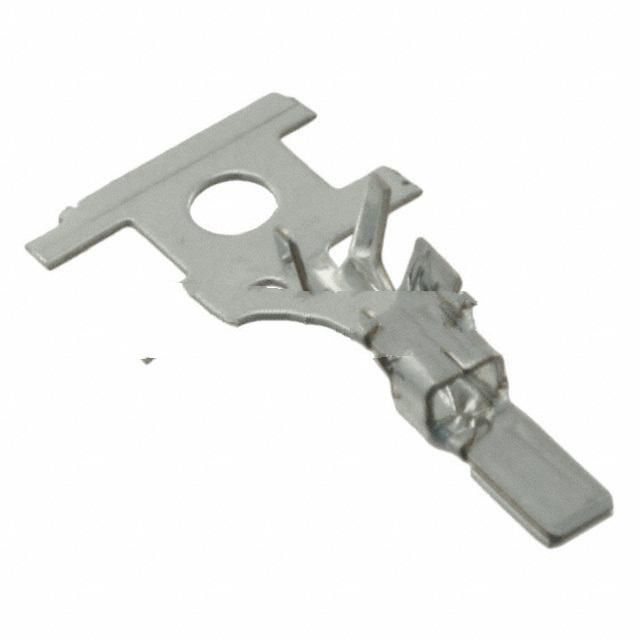Briefly describe the selection and parameters of RF connectors
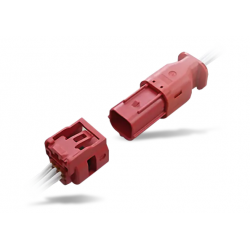
Briefly describe the selection and parameters of RF connectors
The growth of "wireless" systems has resulted in a simultaneous expansion of the RF connectors used and their associated cables. These components are an increasingly important link between multiple circuit boards, between the antenna and the front end, and between the power amplifier and the antenna. They aid in the operation of such wireless devices and systems as cellular telephones, wireless data networks and advanced radar and electronic warfare systems. Connectors, used in radio frequency systems that have to pass a signal from one location to another, have little or no change in the signal. There are a wide variety of connectors for RF applications.
Among the parameters that determine the best type for a given application are frequency range, impedance, physical size, power handling and cost. Recently, Jiuli connector types, such as the venerable BNC and SO-239/PL-259, are replacing connectors tuned to the latest wireless mass-market designs with priority features: smaller, only suitable for low-power designs, and provide excellent performance at 1 GHz+. Older connectors are not obsolete: they are still used in test equipment, rack and chassis designs, and mount pedestal/legacy products.
Connectors and parameters
An RF connector is a precision machined mechanical design and corresponding components which are actually quite complex even though its appearance is simple. Consistent performance requires proper calculation of dimensions, tolerances, surface quality plating/finish and proper selection of materials. Connectors come in two general physical configurations: one that mounts on the PC board, and one that is used for mating cables (of course, there are cables, and cables are mated). The board mount connector is usually female, while the cable connector is usually male, but there are exceptions: you can buy female body connectors with male center pins, and male body connectors with female inner sleeves (known as reverse polarity sex connector); this is a constant source of user confusion. Almost all connectors come as male/female gender-matched pairs; there are a few single-type RF connector types available, but these are fairly rare in practice.
The main specifications used to evaluate RF connectors include: Impedance: Almost all RF connectors and cables are standardized to an impedance of 50Ω. The only exception to this is generally the 75Ω system typically used in cable television installations. It is also important that the RF coaxial cable connector has a matching characteristic impedance of the cable. If not, a discontinuity is introduced and losses may result. VSWR (Voltage Standing Wave Ratio): Ideally it should be unity, good design and implementation can keep VSWR below 1.2 in the range of interest.
Frequency Range: Most RF work today is in the 1 to 10GHz range, therefore, connectors must have low loss in this region. For the case above 10 GHz - there are a lot of things working in the 10 to 40 GHz range now - there are newer connectors among the options. They are expensive, as are the cables themselves.
Insertion Loss: This is the connector loss over the frequency range of interest. The loss is usually between 0.1 and 0.3 dB. Given how critical each watt (or fraction of watts) is in most designs, even such small losses must be minimized and factored into the link loss budget. It is especially important on the low noise front end when signal strength and signal-to-noise ratio are low.
Operating Cycles: How many connect/disconnect cycles can the connection withstand and still meet its specifications? This is usually around 500 or 1000 loops.
For threaded connectors, the tightening torque specified by the supplier is an important factor in maintaining performance and reliability. Power: Power handling is determined by both resistive losses and insulation breakdown. While even decades of design was primarily pre-processing tens of watts, today's design community focuses on low-power devices such as cell phones, picocell and femtocell base stations, video interfaces, RF, and gadgets. These are in the sub 1W range, so the connectors can be much smaller and their power ratings are less of a constraint.

